Venomous snakes have fascinated humanity for centuries, inspiring both fear and admiration. While we understand much about their anatomy, hunting behaviors, and defensive mechanisms, questions about their emotional capacity remain largely unexplored. Among these questions, one particularly intriguing inquiry stands out: do venomous snakes experience emotions like guilt after striking prey or defending themselves? This article delves into the fascinating world of snake cognition, examining what science tells us about reptilian emotions and whether these remarkable creatures might experience something akin to human remorse.
Understanding Snake Cognition: The Reptilian Brain
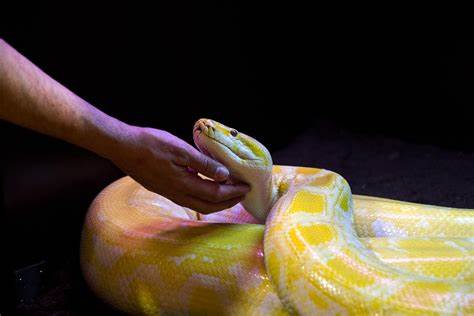
Snake brains differ significantly from those of mammals, particularly in regions associated with complex emotions. The reptilian brain prioritizes survival functions, with well-developed areas controlling basic instincts like hunting, mating, and self-defense. Unlike mammals, snakes lack a neocortex—the brain region responsible for higher cognitive functions in humans and other mammals. This fundamental neurological difference forms the basis for scientific skepticism about attributing complex emotions like guilt to snakes. Research indicates that snake cognition focuses primarily on immediate survival needs rather than emotional processing, suggesting their mental experience is quite different from our own.
The Science of Emotion: What Qualifies as Guilt?
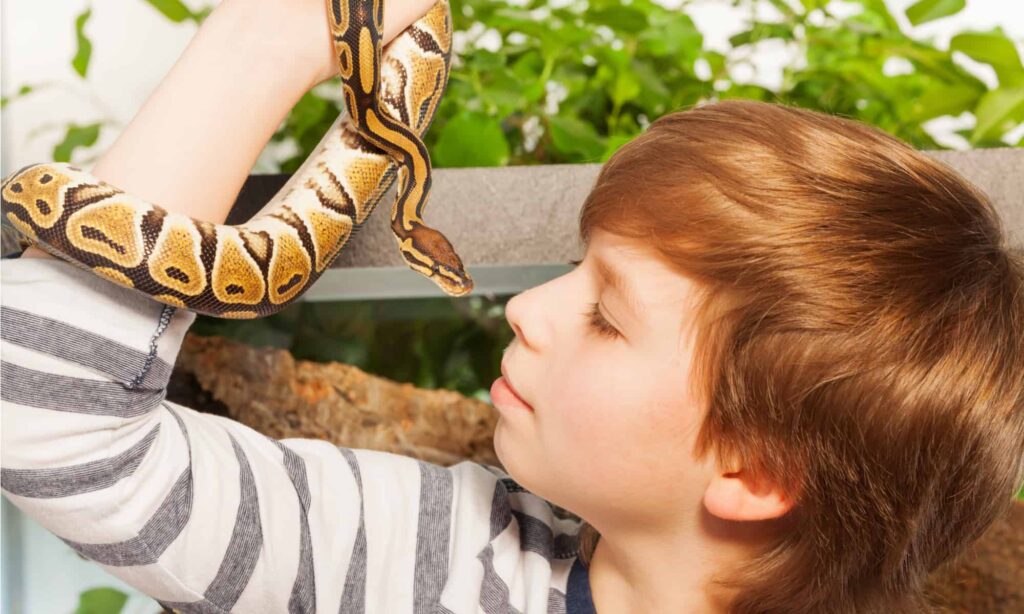
To address whether snakes can feel guilt, we must first understand what guilt actually is from a scientific perspective. Guilt is considered a complex, self-reflective emotion that requires several cognitive abilities: self-awareness, understanding of social norms or rules, recognition of having violated those norms, and empathy for how one’s actions affect others. In humans, guilt serves important social functions, helping regulate behavior and repair relationships. Studies in neuroscience have identified specific brain regions active during guilt processing, particularly in the prefrontal cortex and limbic system—areas that are either absent or structurally different in reptilian brains. This neurological reality poses significant challenges to the concept of snakes experiencing guilt as humans understand it.
Anthropomorphism: Projecting Human Emotions onto Animals
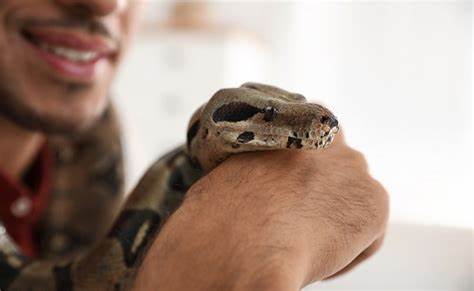
Humans have a natural tendency to attribute human-like emotions and motivations to animals, a phenomenon known as anthropomorphism. This cognitive bias often leads us to misinterpret animal behaviors through a human emotional lens. When a snake retreats after striking, for instance, we might be tempted to interpret this as regret or guilt, when it more likely represents a strategic withdrawal to safety. Herpetologists caution against such emotional projections, emphasizing that they can lead to misunderstandings about snake behavior and needs. While anthropomorphism can foster empathy toward animals, it can also obscure the fascinating reality of how different species actually perceive and interact with their environments.
What Emotions Can Snakes Actually Experience?

Current scientific consensus suggests that snakes can experience basic emotional states rather than complex emotions like guilt. These primary states include fear, aggression, and something akin to pleasure or contentment. Research has shown that snakes display clear stress responses when threatened, releasing hormones similar to those humans produce under duress. Behavioral studies demonstrate that snakes have preferences for certain environments and can learn to associate specific stimuli with positive outcomes like food. While these responses indicate some emotional capacity, they remain fundamentally different from the complex social emotions humans experience. Understanding these distinctions helps us appreciate snakes on their own terms rather than through a human emotional framework.
Defensive Strikes vs. Predatory Behavior: Different Motivations
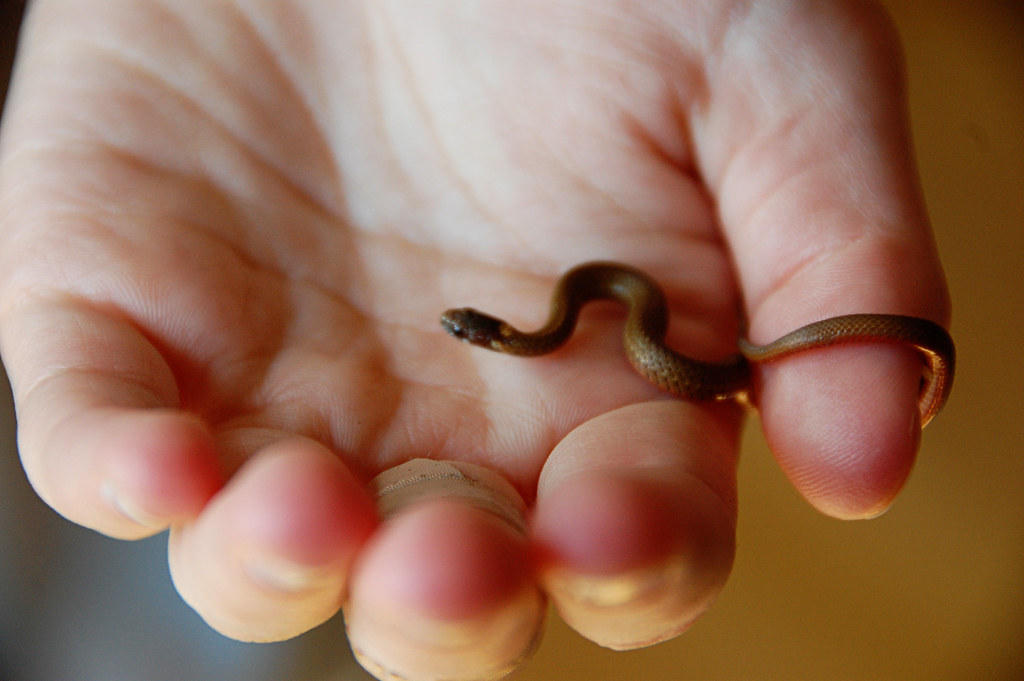
Venomous snakes employ their venom for two distinct purposes: hunting prey and self-defense. These behaviors are governed by different motivational systems and exhibit distinct characteristics. Defensive strikes typically occur after warning displays like hissing or posturing, suggesting snakes prefer to avoid confrontation when possible. Predatory strikes, in contrast, are calculated, precise, and often delivered without warning. Neither behavior appears to be followed by behaviors that might indicate remorse or guilt. Instead, after defensive strikes, snakes typically retreat to safety, a behavior motivated by self-preservation rather than regret. This distinction helps clarify that what might appear guilt-like to human observers represents adaptive behavioral strategies.
Expert Opinions: Herpetologists Weigh In
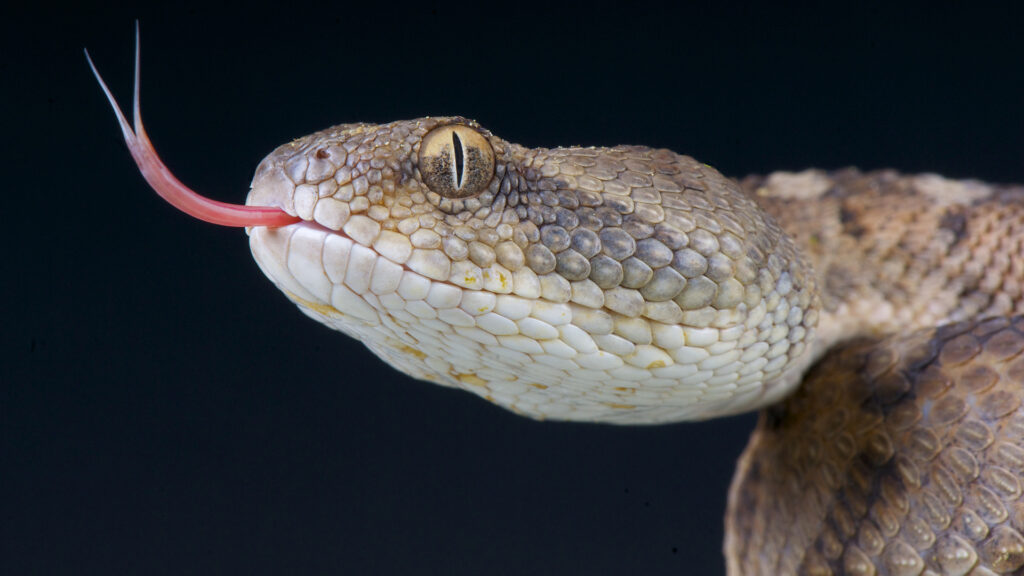
Leading herpetologists generally agree that attributing guilt to venomous snakes represents an overextension of human emotional frameworks. Dr. Kristin Stanford, a renowned snake researcher, explains: “Snakes operate primarily on instinct and basic learning. Their behaviors are adaptive responses shaped by evolution to maximize survival, not expressions of complex emotions.” Similarly, Dr. David Steen of the Florida Institute for Conservation Science notes that while snakes can learn and adapt, this doesn’t equate to experiencing guilt. Most experts emphasize that appreciating snakes means understanding their unique perceptual world rather than projecting human emotional experiences onto them. This scientific consensus helps establish appropriate expectations about reptilian cognitive capacities.
Learning vs. Emotional Processing: Important Distinctions
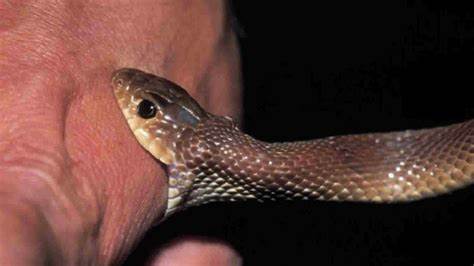
Snakes demonstrate remarkable learning abilities, which sometimes get conflated with emotional intelligence. Studies have shown that snakes can learn to associate certain stimuli with outcomes, recognize safe-havens, and even modify their hunting strategies based on past experiences. However, learning and emotional processing involve different neural mechanisms. A snake that learns to avoid a particular threat isn’t experiencing regret about past encounters but is demonstrating adaptive learning. Dr. Gordon Burghardt, a pioneer in reptile cognition research, emphasizes this distinction: “Learning represents an adaptation to the environment, while emotions like guilt require an additional cognitive architecture that snakes simply don’t possess.” Understanding this difference helps clarify the actual cognitive capabilities of these fascinating reptiles.
Evolutionary Perspective: Would Guilt Benefit Venomous Snakes?
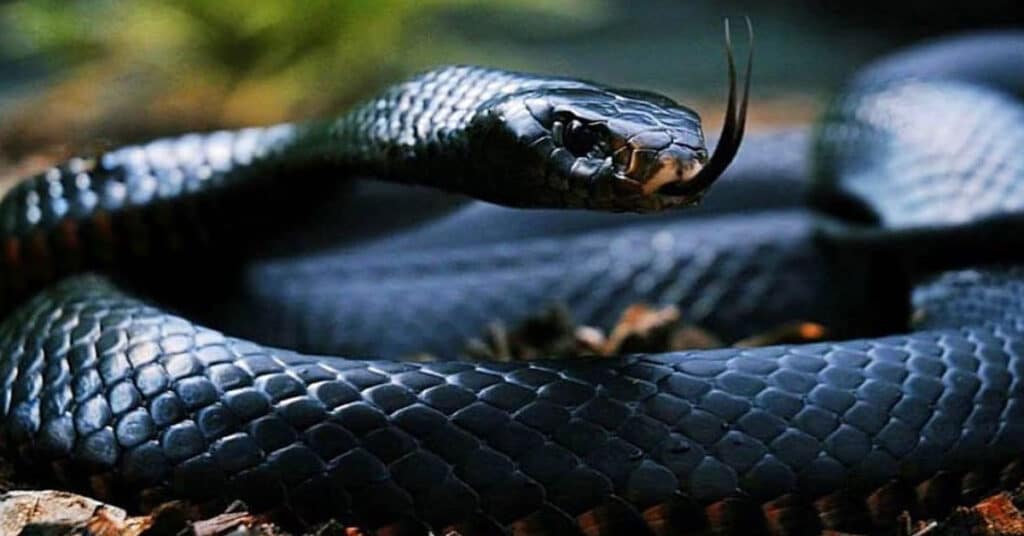
From an evolutionary standpoint, emotions evolve when they provide survival or reproductive advantages. For social species like humans, guilt serves clear adaptive functions by helping maintain group cohesion and cooperation. For solitary hunters like most venomous snakes, however, the adaptive value of guilt is questionable at best. Venomous snakes rely on their defensive capabilities for survival, and feeling guilt after using them could potentially reduce fitness by creating hesitation in life-threatening situations. Evolutionary biologists point out that emotional responses in any species should be understood within the context of their social structure and survival strategies. For primarily solitary predators like venomous snakes, complex social emotions would likely offer minimal evolutionary benefit.
Comparative Studies: Emotions in Other Reptiles
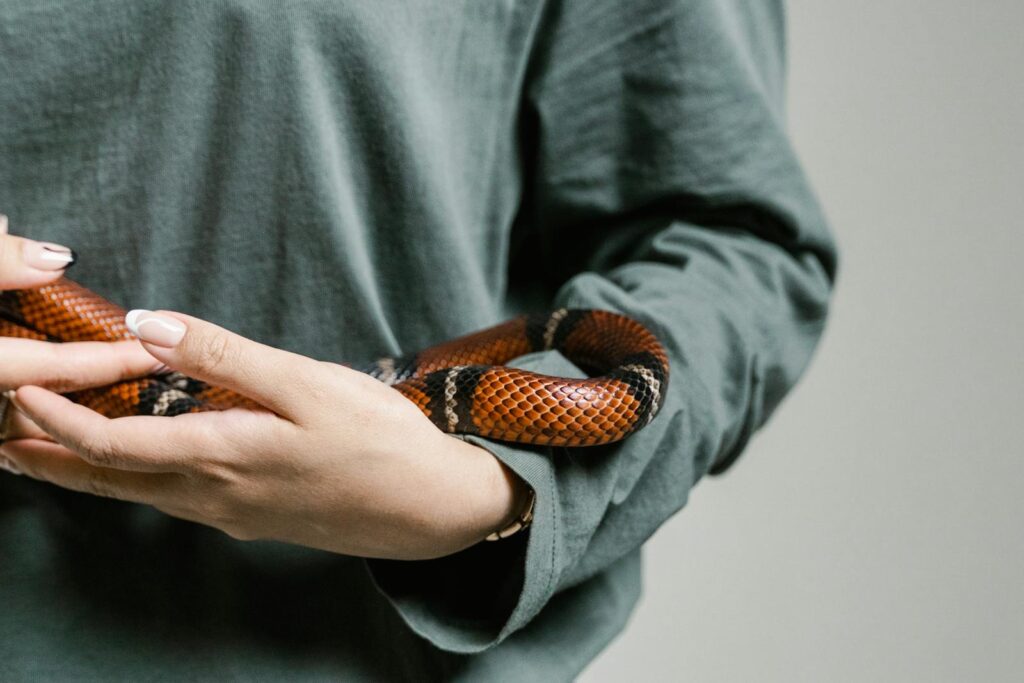
Research on emotional capacity in reptiles has expanded beyond snakes to include species like lizards, turtles, and crocodilians. These comparative studies provide valuable context for understanding snake cognition. Some evidence suggests that crocodilians, who display parental care and complex social behaviors, may possess more sophisticated emotional processing than snakes. Certain lizard species demonstrate apparent social bonds and preference for familiar individuals, behaviors that might indicate more complex emotional lives. However, even among these more socially complex reptiles, evidence for guilt-like emotions remains absent. These comparative findings support the position that while reptilian emotion exists, it differs fundamentally from mammalian emotional experiences.
Brain Chemistry: The Role of Neurotransmitters
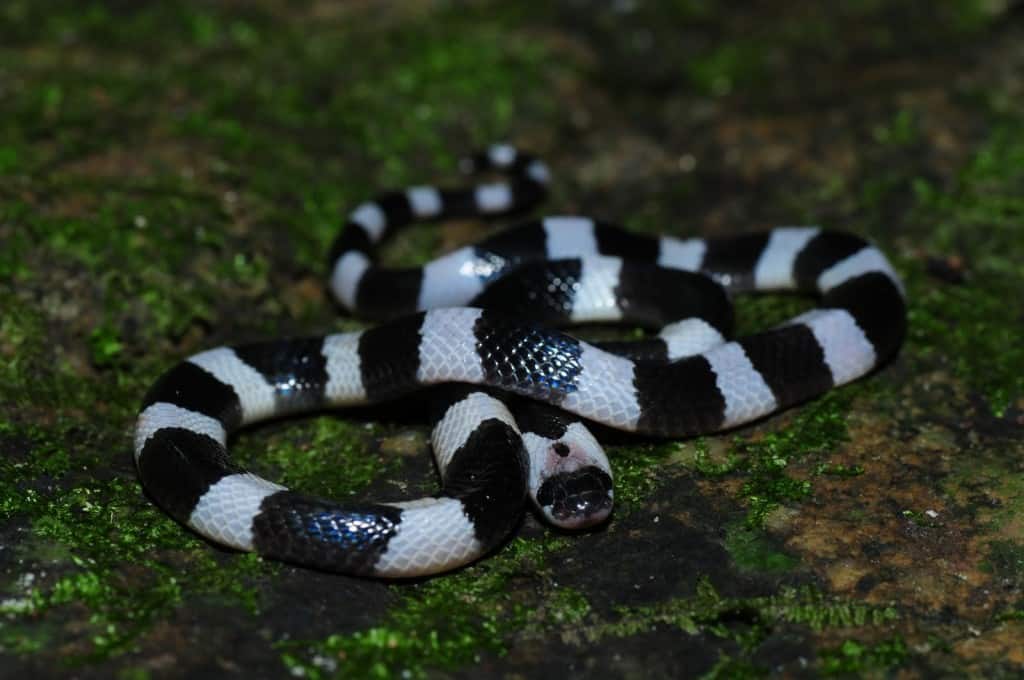
The neurochemical basis of emotions offers another perspective on a snake’s emotional capacity. Snakes possess many of the same neurotransmitters associated with emotions in humans, including dopamine, serotonin, and adrenaline. These chemicals regulate basic responses like fear, pleasure, and stress in all vertebrates. However, the neural architecture that interprets these chemical signals differs dramatically between snakes and mammals. Dr. Leslie Garver, a neurobiologist at the University of Arizona, explains: “While similar neurotransmitters exist across species, their effects depend on the neural circuits they act upon—the hardware matters as much as the software.” This neurochemical reality suggests that while snakes certainly have internal states regulated by these chemicals, their subjective experience likely differs substantially from human emotions.
Cultural Perceptions: How Humans View Snake Emotions

Cultural attitudes toward snakes dramatically influence how we interpret their behaviors and potential emotional lives. In many Western traditions, snakes have been portrayed as calculating, deceitful, or malicious—unfairly attributing complex negative motivations to their behaviors. Conversely, some Eastern traditions revere snakes as wise or divine beings, attributing positive but equally complex emotions to them. Both perspectives involve significant anthropomorphism. Indigenous cultures with long histories of coexistence with venomous snakes often develop more nuanced understandings, recognizing snakes as neither emotionally motivated villains nor sages, but as animals with their own unique way of being. These cultural lenses significantly impact both scientific inquiry and public perception of snake cognition.
Ethical Implications: How Understanding Snake Cognition Affects Conservation

The question of snake emotions extends beyond scientific curiosity to impact conservation ethics and practices. Research suggests that people are more likely to support conservation efforts for species they believe can suffer emotionally. While snakes may not experience guilt, they certainly can experience stress and physical pain, facts that should inform ethical treatment. Dr. Samantha Bents, conservation biologist, notes: “We don’t need to believe snakes feel guilt to recognize their intrinsic value and right to humane treatment. Their remarkable adaptations and ecological importance stand on their own merits.” Understanding the actual cognitive capacities of snakes, rather than projecting human emotions onto them, allows for more effective and appropriate conservation approaches focused on their actual needs and nature.
Future Research Directions: What We Still Need to Learn
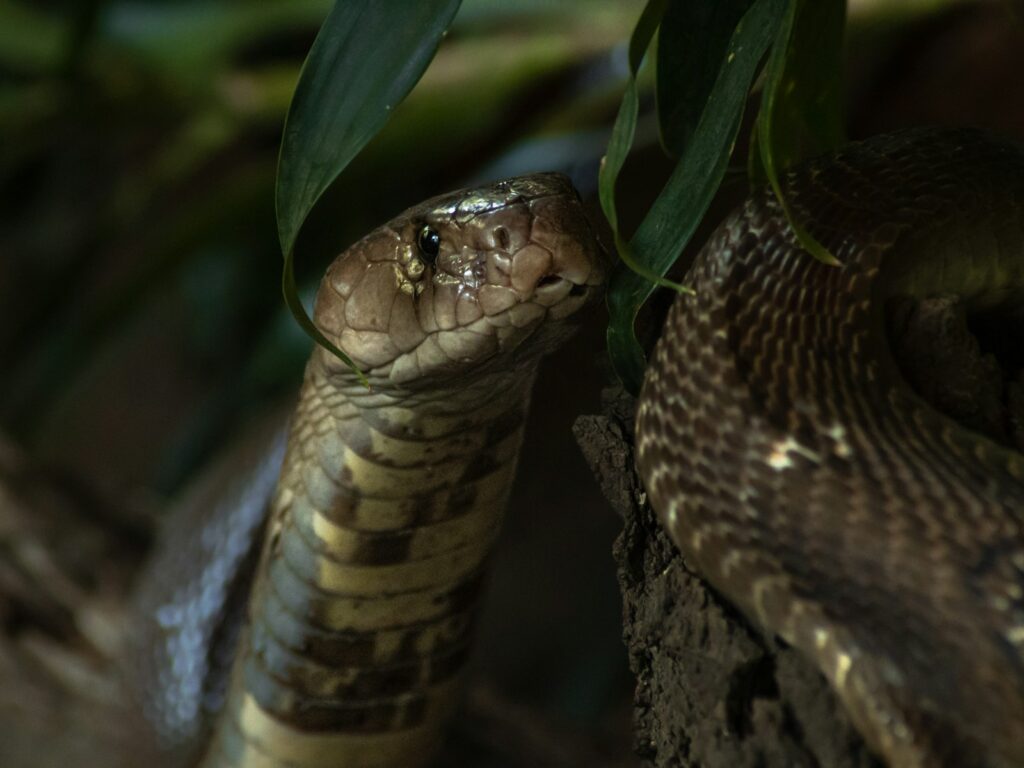
The field of reptile cognition and emotion remains relatively young, with many questions awaiting investigation. Future research may employ advanced neuroimaging techniques adapted for reptilian brains to better understand their emotional processing. Longitudinal behavioral studies examining how individual snakes respond to similar situations over time could reveal more about their capacity for emotional learning. Innovative experimental designs that test for self-awareness and recognition of consequences might further illuminate the boundaries of snake cognition. As our methodologies and understanding evolve, we may discover that reptilian emotional lives are more complex than currently believed, though likely in ways that differ fundamentally from mammalian emotions rather than simply representing simpler versions of human experiences.
While venomous snakes possess sophisticated sensory systems and learning capabilities that help them survive in complex environments, current scientific evidence does not support the idea that they experience guilt or remorse. Their neurological architecture lacks the structures associated with complex emotional processing in mammals, and their primarily solitary lifestyle offers little evolutionary advantage for developing social emotions like guilt. However, this doesn’t diminish their remarkable adaptations or ecological importance. Perhaps instead of asking whether snakes experience human-like emotions, we should focus on understanding and appreciating the unique way they experience their world—a perspective that could lead to both better science and more effective conservation efforts for these fascinating predators.




